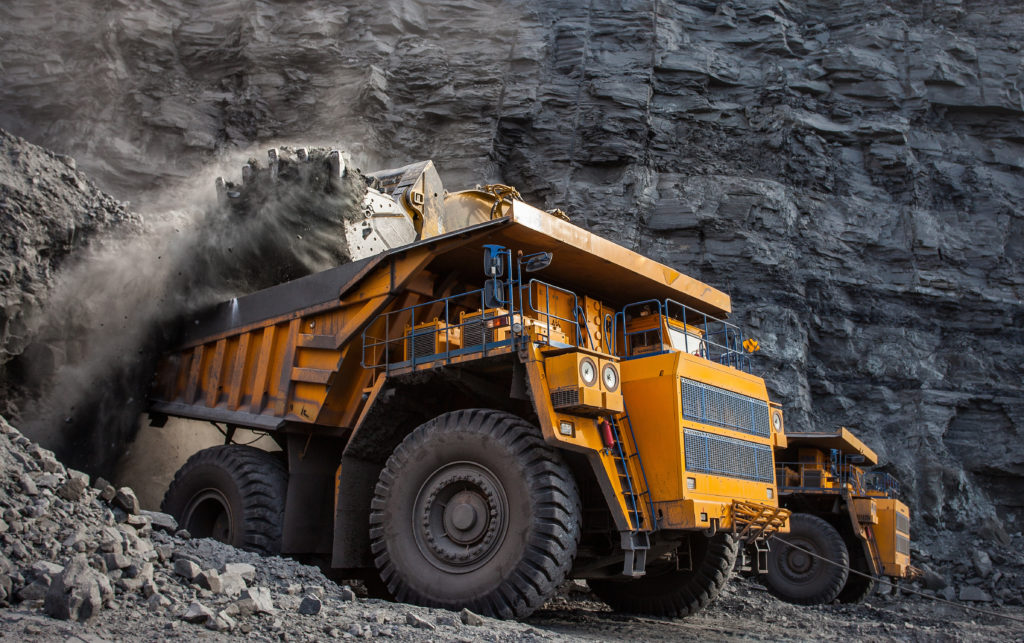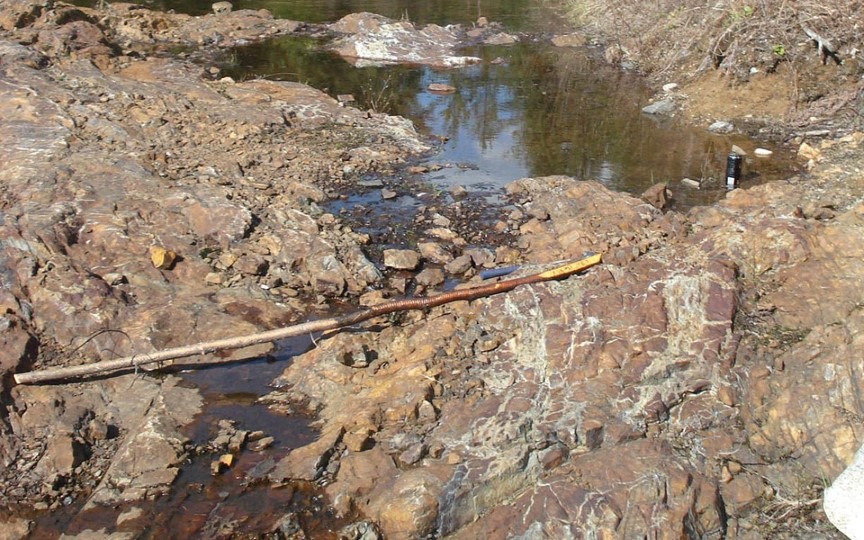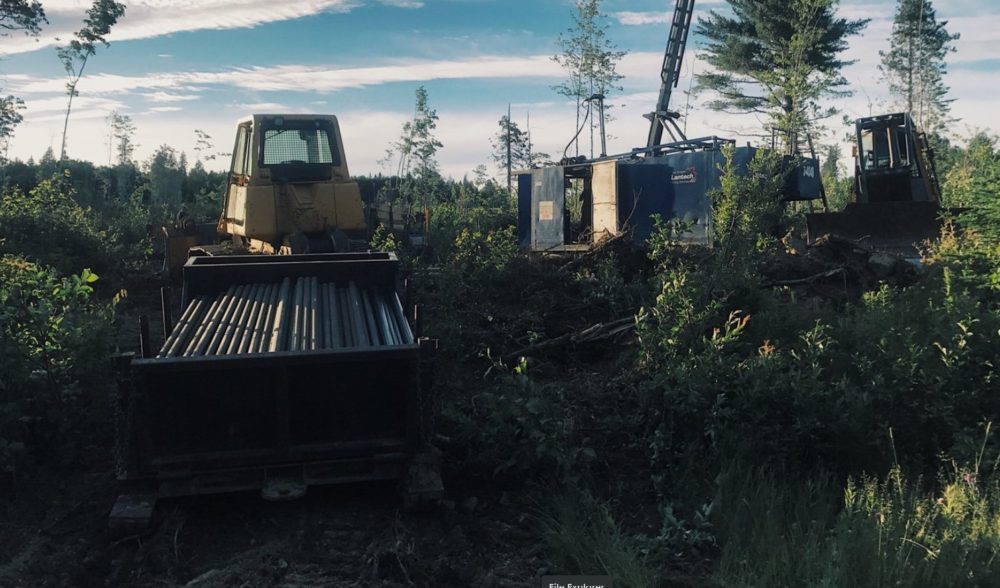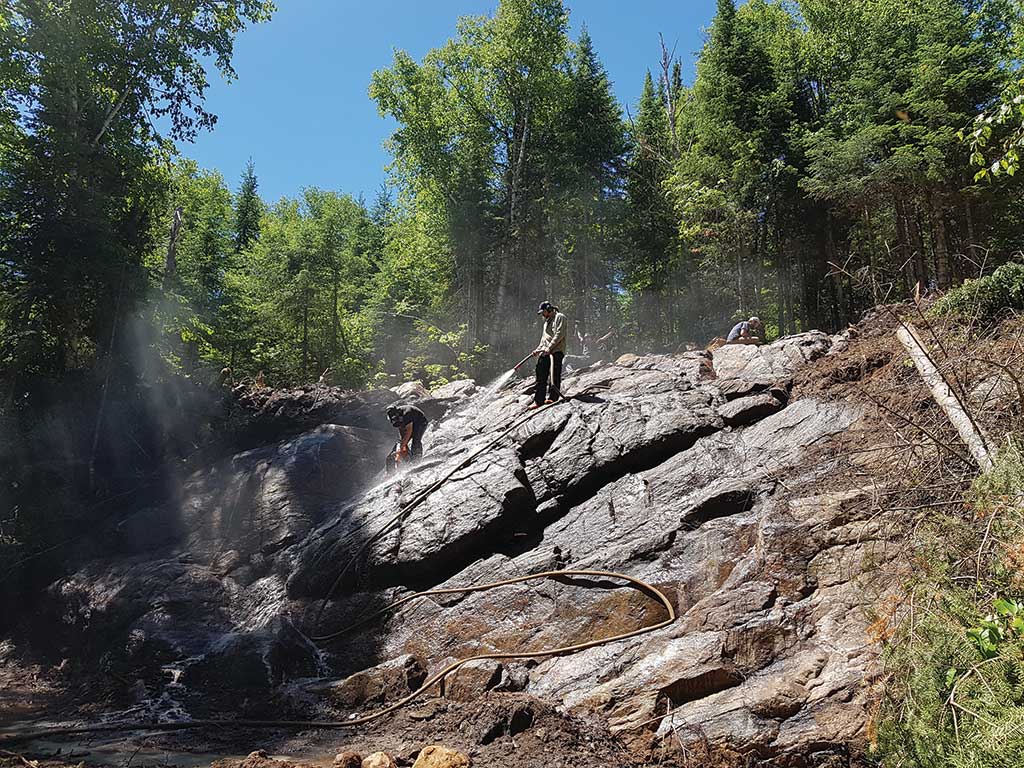Understanding insurance dynamics in mining
Mining incidents that capture headlines tend to cause an immediate reaction within the insurance industry, leading to proposed coverage changes that impact mining companies during their next insurance renewal cycle. Current trending topics shaping this landscape include business interruption volatility, accurate property values, waiting periods, heap leach and tailing facilities, underground exposure, strikes, riots, civil commotion, and malicious damage coverage.

Insurance challenges in the mining industry
Commodity price cycles are an area of concern for insurers in mining. The fluctuating exposure makes it difficult to determine appropriate premiums. Insurers do not want to be in a position of deploying capital at a fixed premium only to have the business interruption exposure double six months later because of a higher commodity price — without receiving adequate premium for the increased exposure that they are now at risk for. As such, although business interruption volatility and commodity price caps are not new to the mining industry, insurers are now pushing to have at least one of them included in the policy wording.
What companies can do
Mining companies should be reviewing the commodity prices reported on the business interruption worksheets they provided to insurers as part of the underwriting submission, particularly if there is a business interruption volatility clause on the property and business interruption policy. A business
interruption volatility clause applies a cap, typically a percentage, to the declared business interruption values either on a monthly or annual basis or both.
Mining companies should stress test the business interruption volatility percentage/commodity cap applied to their policy to ensure it is within their company’s risk appetite. If the insured requires a higher cap, this should be raised with their insurance broker to discuss with the markets who can provide options with the applicable premium associated with the increased coverage, and vice versa if a lower cap is required.
Accuracy in property value declarations
Another area of concern for insurers has been the accuracy of declared property values. This being due to a mix of inflation and insurers realizing losses that were higher than expected because replacement costs were higher than those declared by companies in their statement of values. As a result, insurers began pushing for margin clauses to be added to property policies and requiring updated property appraisals.
A margin clause limits the amount recoverable from a loss to a specific percentage of the property values declared at policy inception. The intent of this clause is like a co-insurance clause where the insurers want the declared values to be as accurate as possible. If a mining company has had a recent property appraisal and has continued to apply credible indexes to their declared values, then typically a margin clause can be avoided.
The application of business interruption waiting period deductibles varies from policy to policy. Mining companies should be reviewing these thoroughly to ensure they understand and agree with what their company has accepted as risk retention on their balance sheet. For example, some waiting period language requires mining companies to deplete their inventory or stockpile prior to the commencement of the waiting period.
From some insurer’s perspective, once the inventory has been depleted that is when the business loss starts. However, from a mining company’s perspective that inventory or stockpile has a purpose, potentially for blending or to cover a production outage that is due to a turnaround.
If the mining company uses the stockpile during the business interruption waiting period, is this covered under the insurance policy? How is it credited in the insurance claim? Is the production cost to build the inventory back to where it was prior to the loss covered?
These are discussions mining companies should be having with their insurance broker prior to a loss to ensure there is understanding of how the policy responds and if changes to the policy wording are required.
Heap leach, tailing facilities, and underground exposures
The Çöpler mine disaster in Türkiye (2024), where a landslide occurred on a heap leach pad, has renewed insurer focus on these structures. Heap leaching, widely used in mining, involves stacking low-grade ore or waste material for extraction. While cost-effective, these facilities present unique risks because of their reliance on structural integrity, environmental safeguards, and effective governance.
Prior to offering any substantial limits for heap leach pads, insurers are required to review documentation, such as up to date third party engineering reports, including any recommendations and the mining company’s response to those recommendations and action plans, governance practices, safety measures, and technical guidelines.
A similar approach is applied to tailings management facilities, following several failures over recent years. Whether it be for property and business interruption coverage or environmental liability coverage, insurers need sufficient documentation to provide them with comfort surrounding the risk before
they deploy any meaningful capacity. As a result of claims history and the higher risk exposure, underground insurance coverage for mining operations is often difficult to secure and is typically subject to sub-limits when obtained. Coverage for underground floods, particularly for mines that are situated under a sizable water table, comes at a high premium cost if insurers are willing to offer it at all.
To achieve any meaningful property and business interruption capacity, mining companies must provide sufficient documentation demonstrating best-in-class operations. Key evidence includes ground control procedures, maintenance plans, fire protection measures, redundancy or spare capacity for critical equipment (notably de-watering systems), capital expenditures, and third-party engineering reviews.
Strikes, riots, and political violence coverage
Historically, strikes, riots, civil commotion, malicious damage, and terrorism coverage was offered under a property and business interruption insurance policy (typically with a sublimit). However, the recent increase in incidents and claims has prompted reinsurers to exclude these risks from property treaties. This has led to insurers removing such coverage from property and business interruption policies. For mining companies seeking protection, stand-alone coverage is available through the terrorism and political violence market. This market offers broader coverage than was previously provided under standard property and business interruption policies.
Opportunities for Canadian mining companies
The Canadian mining insurance market is becoming more favourable for property, machinery breakdown, and business interruption coverage, as well as claims-free risks. There are new markets entering the mining space and increased capacity being offered by markets who have been long term players.
Canada is home to world-class mining operations with some of the highest standards in safety and environmental protection, and this continues to inspire confidence among insurers. If a Canadian mining company has operations outside of Canada, it should evidence to insurers that Canadian standards are also being applied to their mines abroad. Insurers tend to approach risks outside of Canada and the U.S. with caution because of different levels of mining standards.
Thorough, up-to-date documentation — particularly third-party engineering reports — is key to achieving meaningful mining coverage. Companies are advised to provide a comprehensive underwriting package well in advance of renewal (60 to 90 days before the policy renewal date).
In the unfortunate instance when a claim does occur, providing notice to the insurers as soon as it is evident that there may be an insurance claim is key to starting a positive claims process. This allows insurers time to properly respond and send adjusters to the location of the incident to gather relevant information to support the claim. Mining companies should develop a factual timeline of the events leading up to the claim, a root cause analysis of the incident, and a timeline of events that followed the loss. This factual storyline should strengthen a mining company’s position when negotiating a claim settlement.
Insurance is a relationship-driven industry. Mining companies should prioritize in-person meetings during renewal cycles and throughout the year to build rapport with insurers. Claims discussions typically go more smoothly when there has been rapport built between the individuals at the table, and with both parties wanting to continue the relationship they have developed over the years. Given the small size of the mining insurance community, maintaining strong ties with brokers, adjusters, risk managers, and service providers is fundamental to successful placements and claims handling.
As senior vice-president of risk management, Katherine Dawal brings her risk management expertise to the Complex Risk Solutions Group of NFP in Canada, with a specialization in mining.





Comments